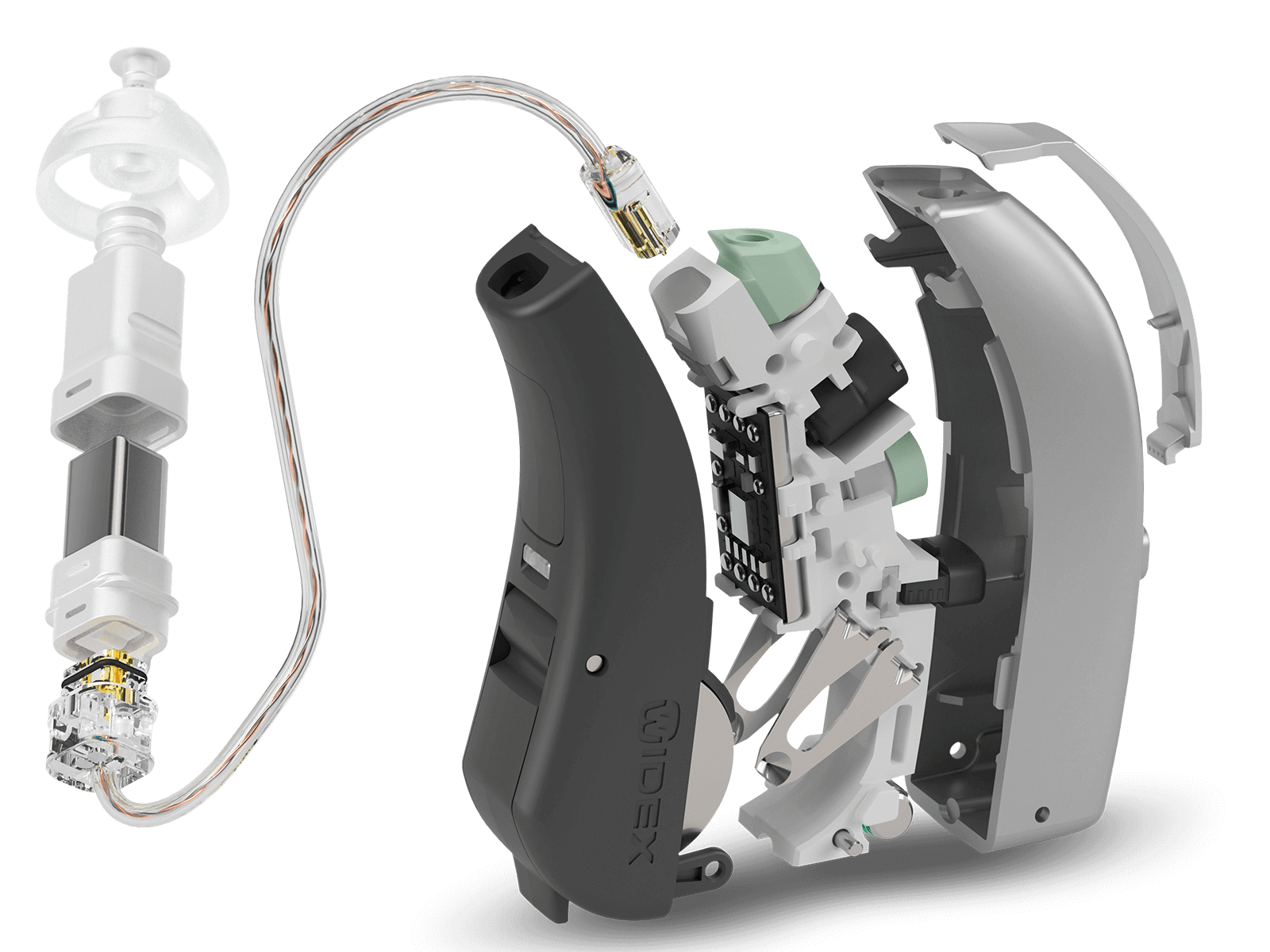- Home
- Hearing Aids
- The Different Types andHow They Work
Hearing Aids: The Different Types and How They Work
Hearing aids are electronic devices that amplify sounds and make them audible for people with hearing impairments. Most of the hearing aids have similar circuitry which includes components such as a microphone for picking up sounds, an amplifier circuit for increasing the loudness of the sound and a small loudspeaker that transmits the amplified sounds to the ear canal. A battery is used to power these electronic components.
There are different types of hearing aids that vary on the basis of technology used, design or style and special features. Some hearing aids come with an earpiece that helps direct sound into the ear and enhances its quality.
Hearing Aid Technology

Like other electronic devices, hearing aids have also undergone a technological revolution over the years. The best hearing aids available today can eliminate feedback and allow users to listen to the speaker with background noise present. You can also use a hearing aid to directly stream audio from the television or computer or attend phone calls wirelessly. Hearing aids are becoming smaller in size yet more powerful in applications. Most of the hearing aids available today are practically invisible and comfortable to wear.
There are two main types of hearing aid technologies: analog and digital.
Analog Hearing Aids
Analog hearing aids are used to increase the loudness of a continuous sound wave. The hearing aid amplifies speech as well as background noise in the same manner. The analog hearing aids can be programmed as well using the built-in microchip. The device settings can be changed to adjust to different hearing environments such as quiet places, noisy areas or large open spaces.
The analog hearing aids can store a program for each type of environment. A button on the hearing aid is used to change the settings. However, analog hearing aids are no longer commonly used.
Digital Hearing Aids
Digital hearing aids contain all the features of a programmable analog hearing aid with the only difference being that they convert the sound wave into a digital signal that produces an exact duplication of the original sound. The microchip used in a digital hearing aid analyzes the speech as well as the environmental sounds.
The sound amplification processing of a digital hearing aid is more complex and that is the reason these devices perform better in the presence of background noises. They are also more flexible in their programming and the sound transmitted completely matches the needs for certain types of hearing loss. Digital hearing aids also have built-in memory and they are more common nowadays.
Hearing Aid Perfomance
Hearing aids are selected based on the type of hearing loss and its severity. Other factors that affect the choice are lifestyle and listening needs. There are some hearing aids with more complicated features that are added to assist patients with a particular type of hearing loss. Their performance depends on the type of hearing environment however the more sophisticated the circuitry, the higher the cost.